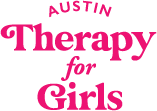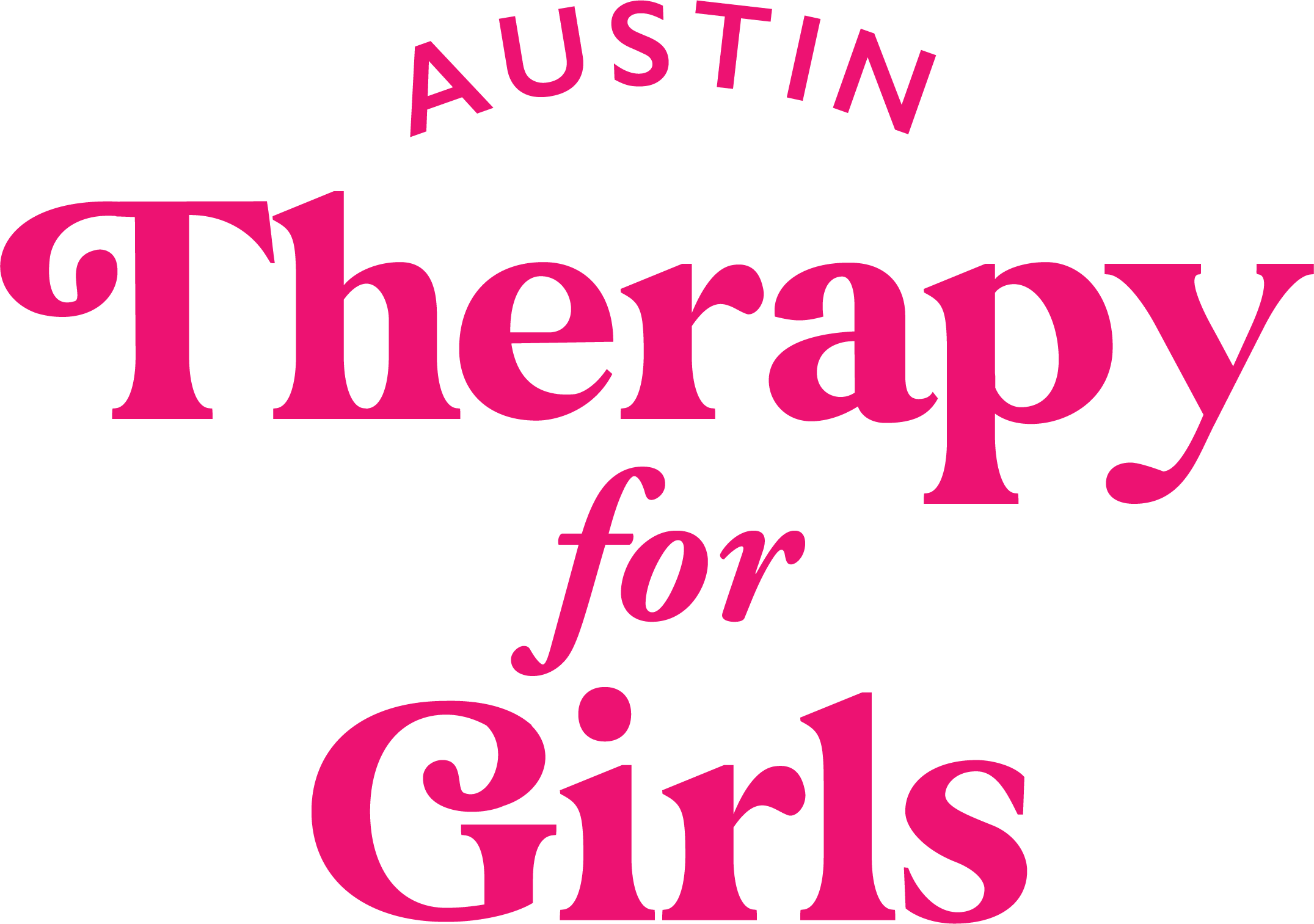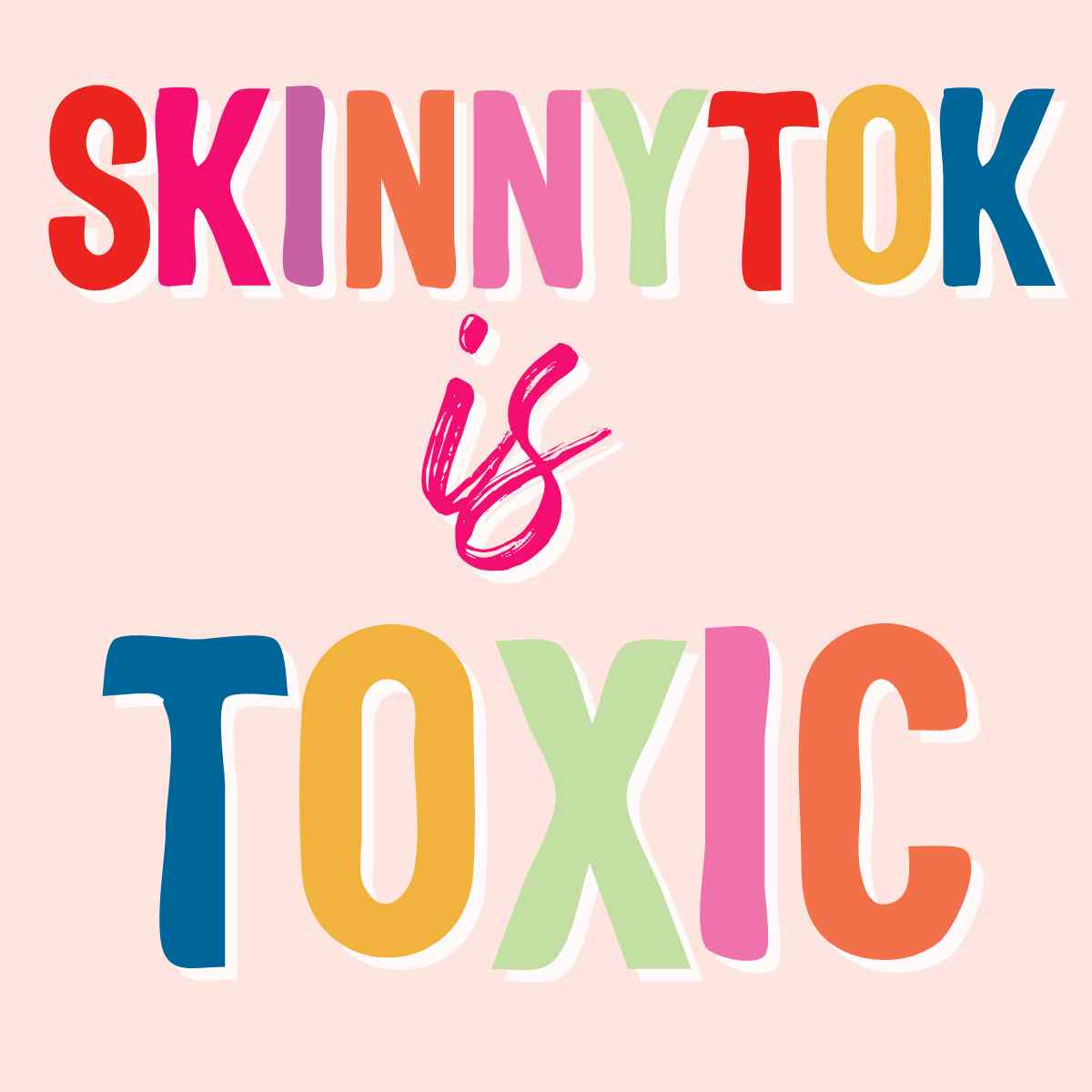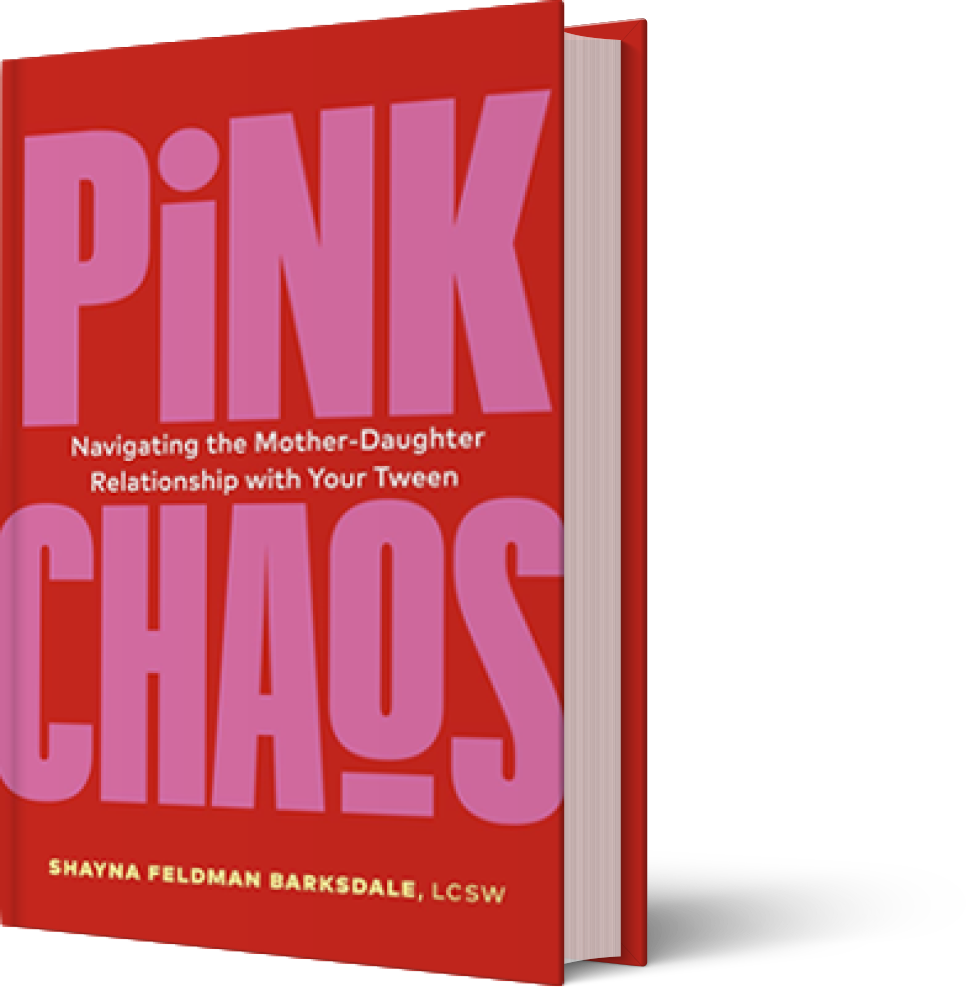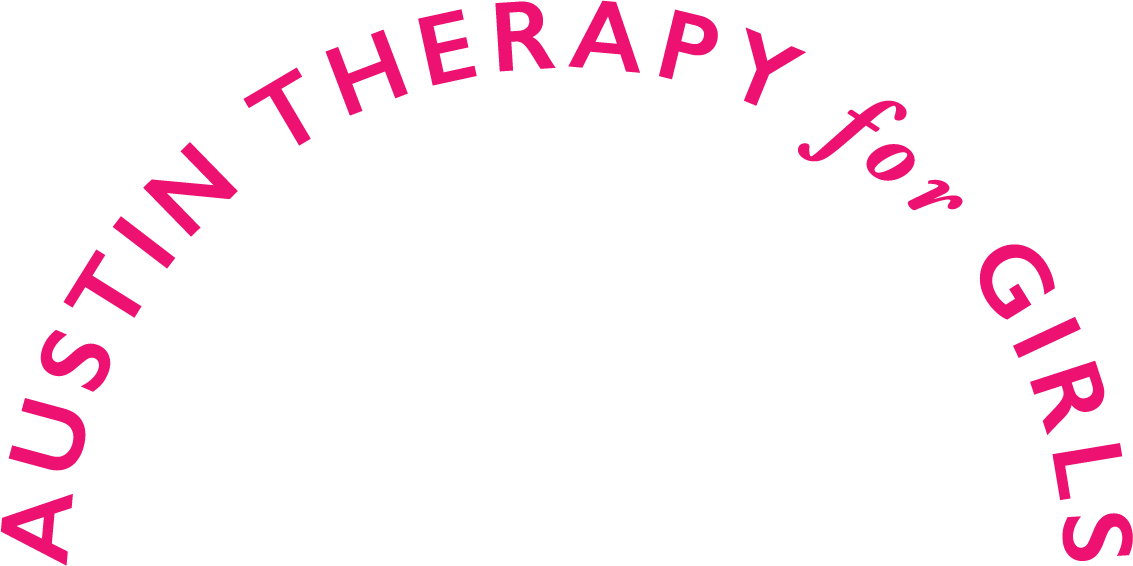SkinnyTok and the Silent Crisis: Why More Girls Are Skipping Lunch
Lately, our phones at Austin Therapy for Girls have been blowing up with the same worry:
Moms are calling about daughters who are obsessed with their bodies and suddenly “not hungry” at lunch.
The rise of disordered eating behaviors in younger and younger girls isn’t just alarming—it’s undeniable.
While many of these habits don’t meet the clinical definition of an eating disorder (yet), they are very real red flags.
As therapists, parents, and educators, we have to be ready.
So I did what any curious therapist would do: I fell down the SkinnyTok rabbit hole.
Spoiler alert: I didn’t love what I found.
Within seconds, my For You Page served up toxic “advice” like:
-
“Don’t eat, just take a deep breath when you’re hungry.”
-
“Here’s how I lost 10 lbs in 10 days.”
-
“What I eat in a day” (featuring nothing but cucumbers and coffee)
It’s disordered messaging, and it’s being served on repeat.
Yikes. (And also… who gave the algorithm caffeine?)
If you’ve heard your daughter say something similar, you’re not alone.
Underneath those words lives a cocktail of self-doubt, shame, and distorted body image.
And yes—the summer “glow up” your daughter keeps mentioning?
That might be coming from the same social media messaging she’s scrolling… and what’s being discussed at her lunch table.
💻
What Is SkinnyTok?
SkinnyTok is the not-so-secret corner of TikTok pushing thinness, diet culture, and unrealistic body ideals.
And it’s sneaky.
Some trends we see:
-
Extreme dieting dressed up as “wellness”
-
Body-checking videos packaged as “fitness inspo”
-
Girls as young as 8 or 9 exposed to toxic weight-loss culture
And the worst part? Even if your daughter isn’t looking for this content, TikTok’s algorithm has a way of “helping” her find it. One innocent click can turn into an endless scroll of harmful messaging.
🚨
Why It’s So Dangerous for Tween + Teen Girls
Brain development + social media = chaos
The tween and teen brain is basically wired for comparison and validation.
SkinnyTok takes full advantage of that by feeding girls airbrushed, filtered “perfection” they can never match.
Disordered eating is getting younger
Clinicians everywhere (including us) are seeing more eating disorder behaviors in girls under 12.
What starts as “I’m going to eat clean” can spiral into restriction, orthorexia, binge cycles, and more—often driven by social media trends.
It promotes shame, not health
Most SkinnyTok content hides under the “self-care” label.
In reality? It’s about control, perfectionism, and impossible standards.
There’s rarely space for real bodies, real joy, or intuitive movement.
💬 What Parents + Caring Adults Can Do
When it comes to social media and body image, you don’t need to have all the answers. But you do need to show up—and start the conversation. Here’s how:
1️⃣ Talk About Media Literacy Early
Teach your daughter to be a savvy scroller:
-
Is this even realistic?
-
Who’s making money off this message?
-
How do I feel about myself after watching this?
💡 Pink Chaos encourages weekly media check-ins as a soft entry point. Try asking:
“Have you seen anything online this week that felt weird or confusing?”
It doesn’t have to be heavy—just open.
2️⃣ Model Body Respect + Neutrality
Your daughter is always listening—even when she’s not “listening.”
Skip the “I feel fat” and “I was so bad today” food talk. Instead, try:
-
“This gave me energy.”
-
“My body feels strong after that walk.”
-
“All foods have a place.”
🧠 Pink Chaos reminds us: daughters often mirror their moms’ relationship with food and self-image—even if they never say it out loud.
3️⃣ Help Curate Her Algorithm
The TikTok algorithm isn’t evil—it’s just fast and unfiltered. Help your daughter follow:
-
✅ Body-positive influencers
-
✅ Mental health creators
-
✅ Athletes and role models who celebrate strength in every size
✨ Pink Chaos suggests doing this together:
“Let’s scroll and refresh your feed—what do you want to see more of?”
4️⃣ Know the Signs of Disordered Eating
Keep an eye out for red flags like:
-
Skipping meals or “not being hungry”
-
Hiding or hoarding food
-
Frequent bathroom trips after eating
-
Constantly checking mirrors or specific body parts
🚨 From Pink Chaos:
“The earlier we intervene, the easier it is to untangle shame before it becomes identity.”
If something feels off, trust your gut and reach out early.
🌿 The Bottom Line
SkinnyTok is just one part of a much bigger issue:
The way our culture hyper-focuses on girls’ bodies instead of their minds, voices, and hearts.
But you—and your daughter—are not powerless.
With small, intentional steps, we can:
-
Raise critical thinkers
-
Build body confidence and resilience
-
Create safe spaces for girls to grow into their bodies without shame
💬 Pink Chaos says it best:
“Your daughter’s body is not a trend. It’s her home. She doesn’t have to love it every day. But she can learn to respect it—and so can you.”
And if she’s hoping for a summer “glow up”?
There’s nothing wrong with wanting to feel strong and confident.
Just remind her:
-
🧠 Mental health first. Mirror selfies second.
-
📱 That “fit check” is cute—but how’s your feel check?
Her real glow-up starts from within.
💗 Worried about your daughter’s relationship with food, her body, or social media pressure?
We’re here.
📞 Contact Austin Therapy for Girls → to start the conversation.

